By Richard Camp
Lieutenant Commander Mochitsura Hashimoto, Imperial Japanese Navy, stared intently through I-58’s periscope. Visibility was poor until the moon peeked through the clouds and he spotted a dark silhouette on the horizon.
“We waited until it got close enough to see what it was,” he said, thinking the shape indicated an Idaho-class battleship. “She had two turrets aft and a large tower mast. The crew were all agog, awaiting the order to fire the torpedoes. All was quiet … the favorable moment for firing was approaching. He ordered all firing tubes to be ready and announced, “Set depth of the torpedoes at six yards and speed at 42 knots. Firing at two-second intervals fanwise. I aimed my torpedoes.”
The torpedoes were the Type 95—an improvement over the Type 93 “Long Lance” torpedo that Japan had used so successfully in the early years of the war. The Type 95 was a real ship killer: more than 23 feet long, 3,600 pounds, with a warhead ranging from 890 to 1,200 pounds, a speed of 49-51 knots, and an effective range of up to 13,000 yards (over seven miles). The U.S. Navy had no torpedo as good—and nothing that could stop it.
The unidentified warship steamed closer, straight at the submerged submarine. At 1,640 yards, practically point-blank range, Hashimoto gave the order: “Stand by—fire!”
The submarine, longer than a football field, shuddered as a half dozen Type 95 torpedoes belched from the tubes and sped toward the unknown target. Until this moment shortly before midnight on July 29, 1945, some 250 miles north of Palau, Hashimoto had never before fired at an enemy ship.
“We waited anxiously,” he said. “Every minute seemed an age. The signalman was standing by and counting aloud. At 60 seconds the torpedoes would miss the target. Five seconds … 10 seconds … 30 seconds … 50 … 51! Then on the starboard side of the enemy by the forward turret, and then the after-turret there rose columns of water to be followed immediately by flashes of bright red flame. Then another column of water arose from alongside the Number 2 turret and seemed to envelop the whole ship—‘A hit, a hit!’ I shouted as each torpedo struck home, and the crew danced for joy.”
Hashimoto sent out a coded message stating that a ship had been sunk. The dark silhouette that the torpedoes struck was not a battleship but rather the heavy cruiser USS Indianapolis.
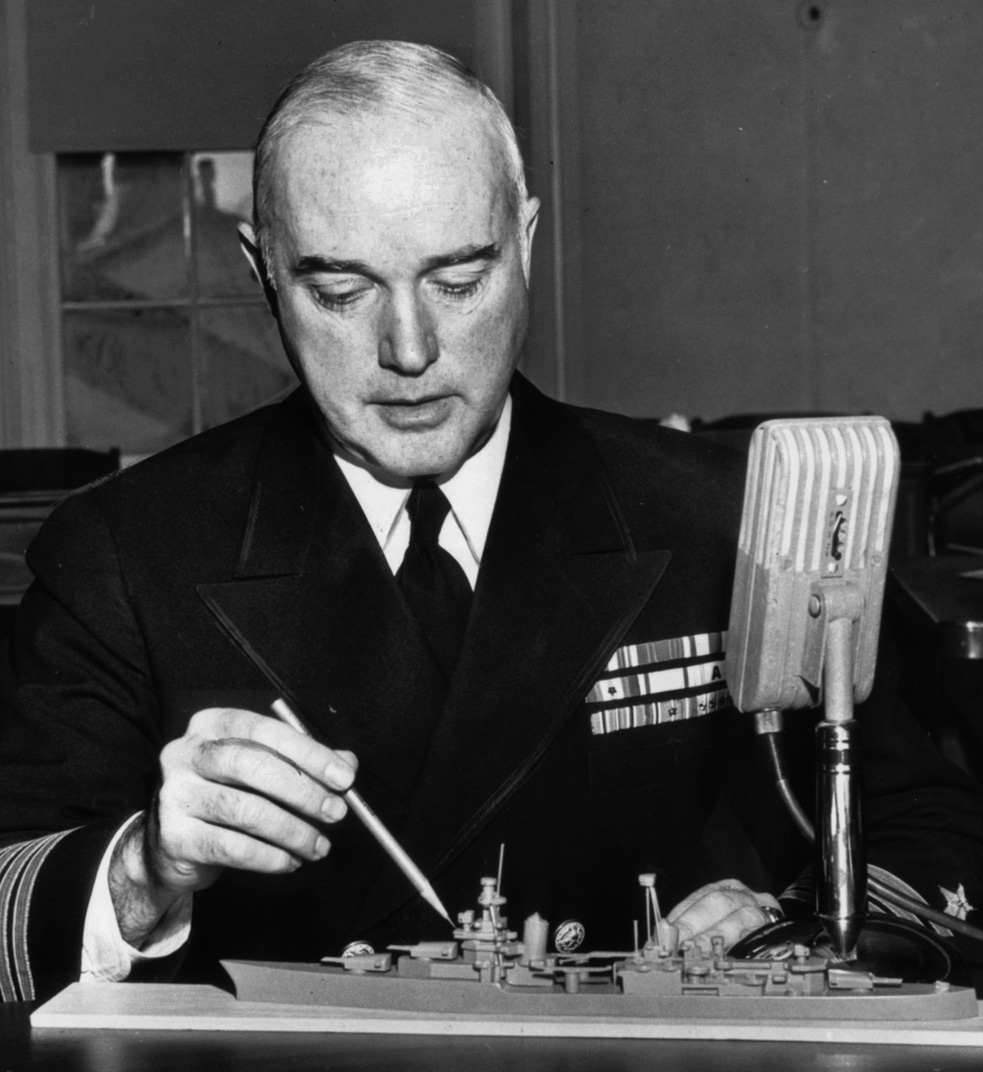
Captain Charles B. McVay III, the Indy’s commanding officer, was the son of an admiral and a Naval Academy graduate (class of 1920). He had led the ship during the invasion of Iwo Jima in February 1945, followed by the Indy’s bombardment of Okinawa, where her gunners shot down seven enemy planes before a kamikaze pilot slammed into her on March 31. Despite the heavy damage and the loss of 13 crewmen, McVay guided the crippled ship back to Mare Island, California, for repairs.
On July 16, Indianapolis returned to the combat zone, sailing for Tinian Island in the Marianas with top-secret components for the atomic bomb that would be dropped on Hiroshima. From Tinian, the Indy headed for Guam, with its ultimate destination being Leyte Gulf in the Philippines.
Shortly after noon on the 29th, during its voyage from Guam to Leyte, the Indy exchanged signals with the nearby LST-779, which was conducting antiaircraft drills while traversing the same route on the way to Leyte Gulf. Presumably, LST-779 was the last American ship to sight the Indy.
McVay had not been alerted to the possible presence of any enemy submarines along his route, and his request for a destroyer escort from Guam to Leyte Gulf had been turned down. Nor was the Indy equipped with devices that could have detected the presence of submarines.
“At approximately five minutes after midnight,” Captain McVay said later, “I was thrown from my emergency cabin bunk on the bridge by a very violent explosion, followed shortly thereafter by another explosion.”
The first torpedo blew an estimated 65 feet of the bow off. The second torpedo struck on the starboard side in the machinery spaces, near a powder magazine and a high-octane gasoline tank, igniting the fuel in a white-hot surge of death. The terrific explosion lifted the 10,000-ton cruiser out of the water and knocked out all electric power aboard the ship.
“We had no communications whatsoever … sound powered phones out, all communications forward were out,” McVay said. Despite the loss of shipboard power, Chief Radio Electrician L.T. Woods in Radio Two told McVay that he “was sure they were getting out an S.O.S. with auxiliary power.”
Indy’s Marine detachment of two officers and 37 enlisted men was scattered throughout the ship; some were on watch (manning weapons stations/guns) but most were sleeping on deck because of the 120-degree heat below decks. Pfc. Melvin C. Jacob remembered, “It’s so hot in the South Pacific, nobody slept below unless they really had to.”
Corporal Edgar A. Harrell added, “We were given permission to sleep topside on the open deck. Each of us found our own open space to spread out our blankets so we could enjoy our designated four hours of sleep.”
The crew was on a “Condition Able” alert status, which meant that the men were on duty four hours on, four hours off. Captain McVay had set condition of readiness Three, material condition “Yoke-Modified,” which allowed hatches to be open, breaching watertight integrity.
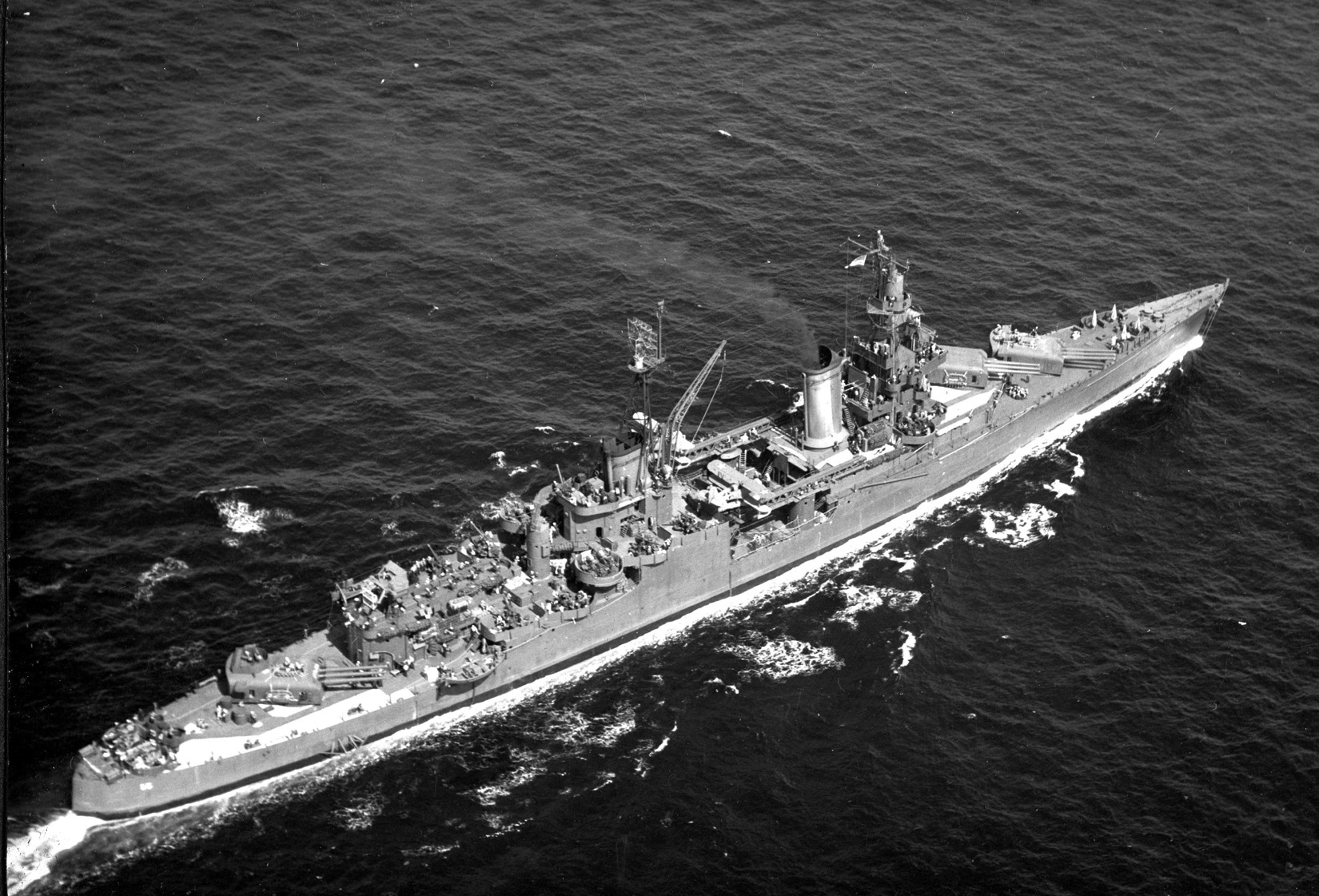
Corporal Harrell was sleeping “under the barrels of Number 1 turret” when the first torpedo hit: “I knew that the bow was cut off. I could hear all the water coming in down below.”
Private First Class Jacob was also sleeping on the forecastle: “The first torpedo hit just the opposite of where I was sleeping. Sort of picked me up and threw me against the railing. I had a big cut on my chin and a little piece of shrapnel in my knee. I went to the Marine compartment but the flames had set everything on fire … all the bunks and so forth were just burning or smoldering … so I went to my gun station.”
Private Earl Riggins was sleeping in the main forward turret: “I climbed out of the turret and was disoriented. Everyone was gone. I almost walked into the sea. Thirty feet of the bow was gone…. I knew I had to get off or go down with it.”
Private First Class Giles McCoy was assigned to guard prisoners in the brig located in the fantail of the ship. After the two explosions, he worried about being trapped below decks. The two prisoners screamed to be released. “I still remember hearing the guys hollering in there that they couldn’t get out,” he recalled. He quickly used his keys to open the cell doors, and the three of them made their way topside through the jumbled mass of lockers and debris that had been hurled around by the explosions. McCoy was the last man out before the hatch was closed, trapping several men in the rising waters.
First Sergeant Jacob H. Greenwald was knocked out of his bed: “By the time I found a life jacket and put it on, the bow was under water. I made my way to the fantail and took up my battle station as directing officer of the 40mm guns. In a few minutes the ship had a 90-degree list to the starboard and I had no alternative but to walk right off the deck into the water. Almost as soon as I hit the water, I grabbed hold of an empty ammunition casing.
“Some 200 yards away there were three rafts tied together on which huddled the survivors. I managed to make my way through the water toward the rafts and was pulled aboard. The rafts were so overloaded with about 150 men aboard, that they were frequently submerged as much as three feet.”
Indianapolis was listing to starboard when the ship’s executive officer reported to Captain McVay on the bridge. “The damage is serious, we are sinking rapidly. I recommend that we abandon ship,” he reported.
The captain accepted his recommendation: “Pass the word to abandon ship.” The order had to be relayed by mouth—“All hands topside to abandon ship”—because the communications system was knocked out. However, many of the men did not get the word or they were in a situation where there was no other choice but to go into the water.
Jacob and the Marine detachment’s executive officer, 1st Lt. Edward H. Stauffer, were clinging to the rail on the port side. “I think this thing is going to roll over,” the officer said because the ship was listing heavily to starboard. “So we slid on our butts down to the bottom and then jumped into the water,” Jacob recalled. “Stauffer jumped first and then I jumped after him, but when I came up, I couldn’t find him.”
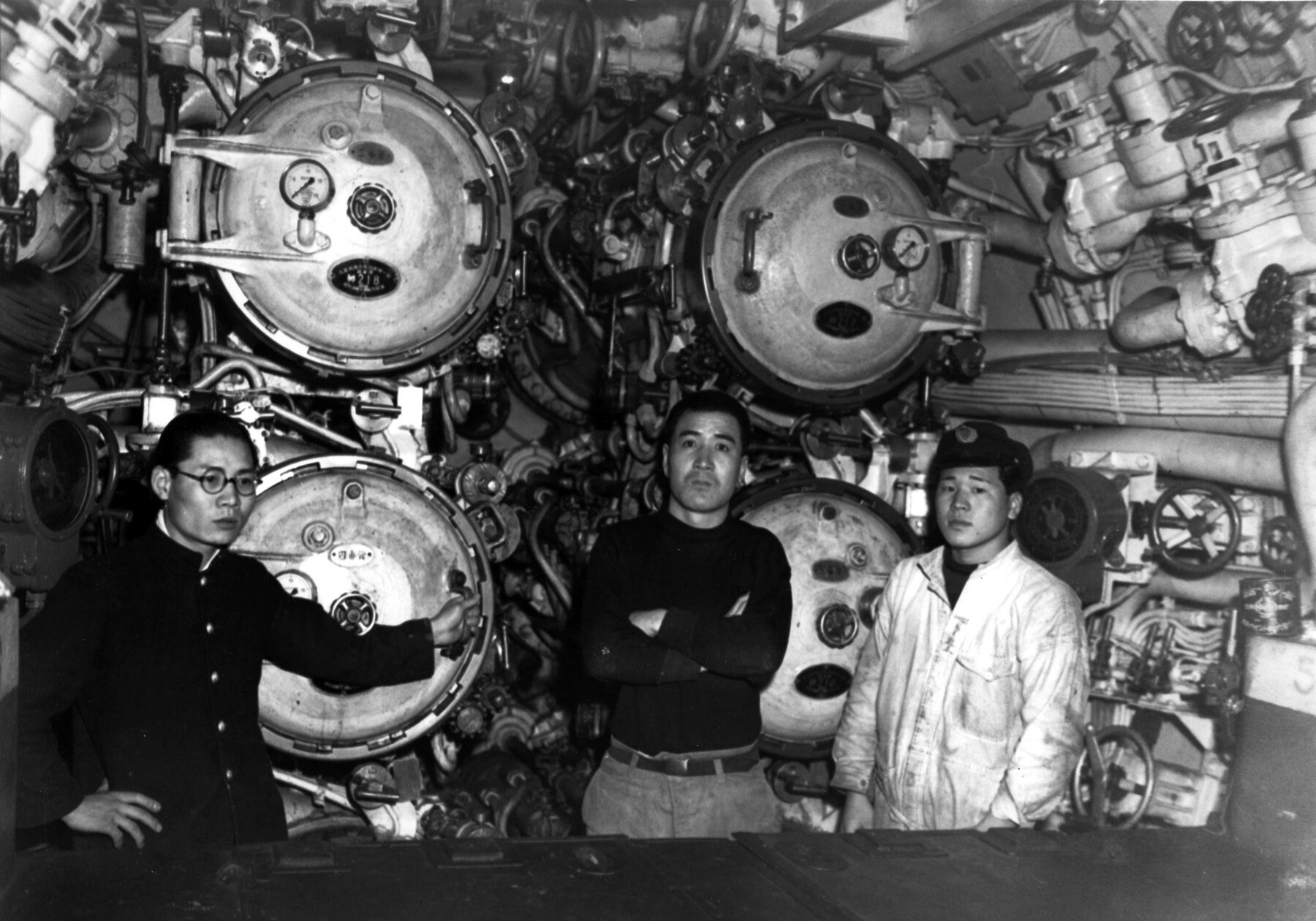
The ship was still underway, leaving a trail of hundreds of men struggling in the oily water along a roughly three-mile-long line. “Currents carried people and groups over 50 miles,” Private Earl Riggins explained.
Most of the Marines were on the quarterdeck standing by to abandon ship. Harrell said, “Word finally trickled down like an echo to abandon ship, and everyone then on the quarterdeck rushed to the high side. I went over and hung onto that rail.”
Greenwald recalled, “When the time came, we all jumped off, congregating into five groups.” There were three other Marines in his group: Sergeants Richard I. Tracy Jr., Charles J. Cromling, Jr., and Pfc. George H. Reinhold. “There were very few men in this group, which made it hard to survive, and there was only one man that did; he drifted into another group and was finally picked up with them.” The last man Greewald saw alive was Platoon Sergeant Cromling. Tracy and Reinhold passed away on the second or third day.
Private Robert F. Redd had previously broken the bones in his foot and was wearing a walking cast. When the ship was hit and began listing, he and several other injured were swept off into the water. Redd flailed his arms to stay afloat, but the heavy cast pulled him under.
Private Riggins was struggling in the oily water when Indianapolis plunged into the deep. “The moon came out, and I saw the ship standing straight up in the water,” he recalled. “The propellers were still turning. Then it went straight down.”
Indianapolis sank in 12 minutes. The ship’s suction pulled McCoy down, and he thought it was all over. Suddenly, the ship let go a huge pocket of air, propelling him to a surface that was covered with slimy, choking fuel oil from the ship’s ruptured tanks. The ship continued its downward plunge, hitting the ocean floor three miles below the waves.
When dawn arrived, the survivors were confident they would be rescued soon. “The next morning we all thought they would be looking for us,” Riggins explained. “We thought we possibly got off an S.O.S.—the radioman thought so, but nobody knew for sure.”
At eight minutes after midnight, July 30, McVay scribbled out a note and instructed the navigator to deliver it to Radio One for transmission. It stated, “We have been hit by two torpedoes, Latitude ____N, Longitude ____E. [McVay, who probably did not know exactly where the ship was at that time, left the coordinates blank, leaving it up to the navigator and radio operators to fill in the missing information.] We are sinking rapidly and need immediate assistance.”
Radio Two also transmitted an S.O.S. call on 500 K.C., but again no one aboard the Indy knew if anyone received the signals.
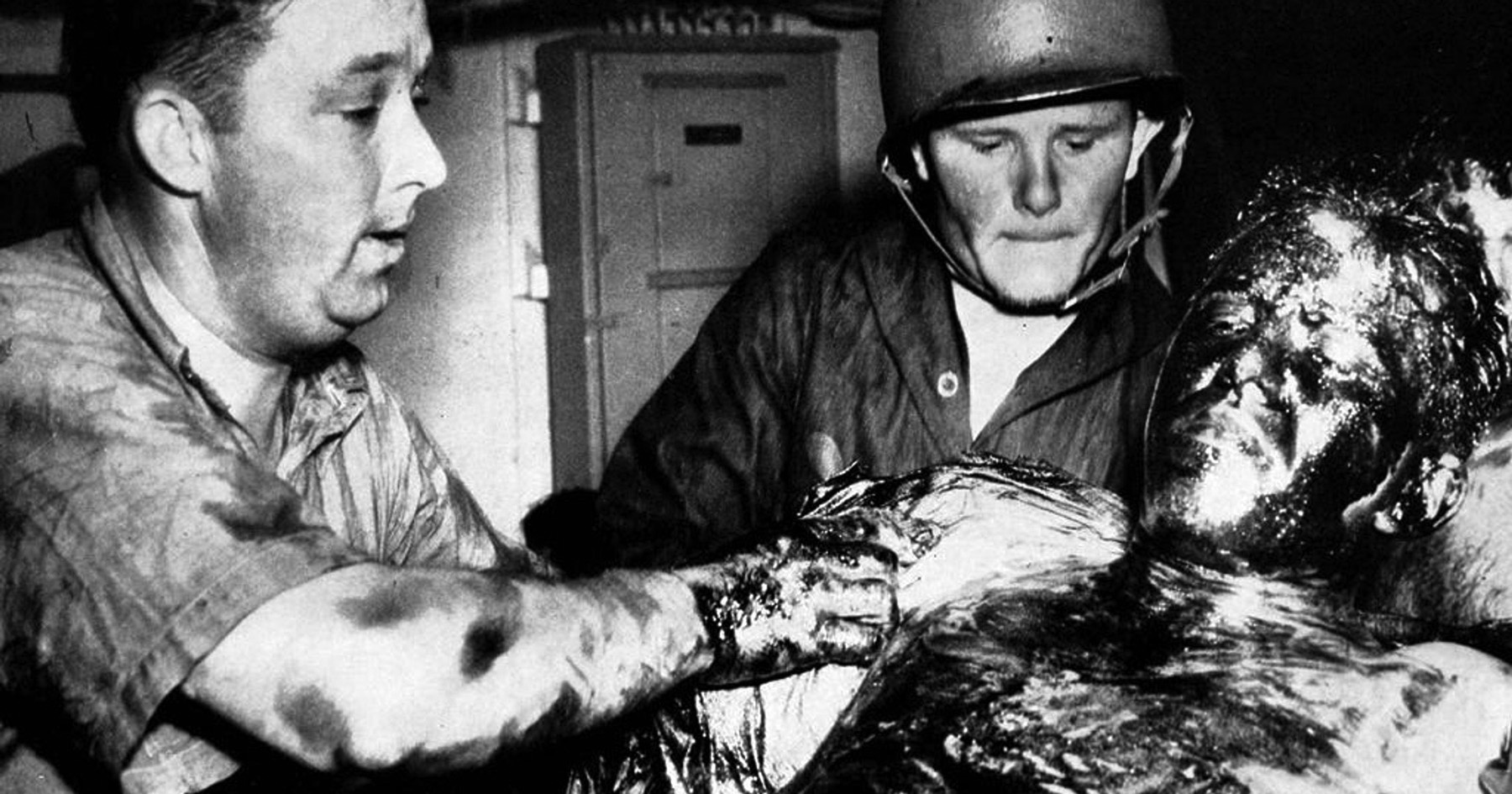
However, contemporary accounts claim that the signals were, in fact, picked up in the Philippines and by several Navy and Coast Guard ships, but the cruiser’s S.O.S. messages were disregarded as likely hoaxes, and no rescue was launched. The U.S. Navy’s protocol was to treat messages that could not be confirmed as pranks, and it was a pro forma procedure by late-July 1945, because the Japanese often tried to confuse and expose the Navy in many locations. The fact remains that approximately 800 sailors and Marines survived the sinking and were adrift at sea with no food or fresh water.
As it turned out, MAGIC, the Navy’s top-secret system of decoding Japanese signals, had decrypted what had transpired. On August 3, 1945, the commander in chief of the Navy Department in Washington, D.C., was informed by memorandum that, according to the MAGIC intercepts, the Japanese had organized a suicide squadron of four submarines (I-47, I-53, I-58, and I-367) that was assigned to patrol areas in the Philippine Sea.
Shortly before midnight on the 29th, the subs were ordered to shift their patrol areas in order to attack any ships along the American supply convoy route between Okinawa and Leyte Gulf. The memo also said that MAGIC picked up I-58’s transmission that she had attacked and sunk one ship, which turned out to be the Indianapolis.
The lack of fresh water caused many of the floating men to break down and drink the salt water; delirium soon followed. “We had a lot of fellows drink the water and they’d hallucinate,” Riggins explained. “My best friend said, ‘Earl, the Indy’s just underwater and the scuttlebutts [water fountains] are still working. Come go with me.’ ‘Bob, stay here’ I said. ‘I’m going,’ he said. I reached out to grab him and he was gone and it wasn’t long before I heard screams.” Greenwald said, “Those who swam away were eaten.”
Hundreds of sharks, attracted by the smell of blood, started picking off the men on the outer perimeter of the clustered groups. “The worst part was the people getting bitten by sharks, the screams, the high-pitched screams,” Jacob recalled.
The terrifying ordeal went on and on. “There wasn’t much you could do about it,” Riggins said. “We took the life jackets off the bodies of the dead [and] there would be just half a body. We were saving life jackets because some people didn’t have them … the jackets were giving out. Mine was [saturated] and the water was up to my neck but it was still holding me [out of the water].”
Captain Edward L. Parke, commander of the Marine detachment, gave up his life jacket on numerous occasions to others and worked to keep his men together and focused on surviving. Jacob said that Parke was “one of the heroes.” He died on the second day. Captain McVay recommended Parke for the Navy Cross. The citation read: “For extraordinary heroism in rescuing and organizing a large group of men … finally collapsing himself from exhaustion. His unselfish conduct in the face of the greatest personal danger was outstanding and in keeping with the highest tradition of the United States Naval Service and the Marine Corps.”
By the third day, less than half the crew was still alive, and they were rapidly giving up hope. Lack of fresh water, shark attacks, and injuries, McCoy said, made it “easier to die than to stay alive.”
Oddly enough, when the Indy failed to arrive at Leyte on Tuesday, July 31, no one raised the alarm. As the ship’s website says, “A series of blunders ensued. First, there was confusion as to which area the Indianapolis was to report to when it arrived. Second, there was no directive to report the non-arrival of a combatant ship. And, third, there was no request to retransmit a garbled message which would have clarified the Indianapolis’s arrival time.”
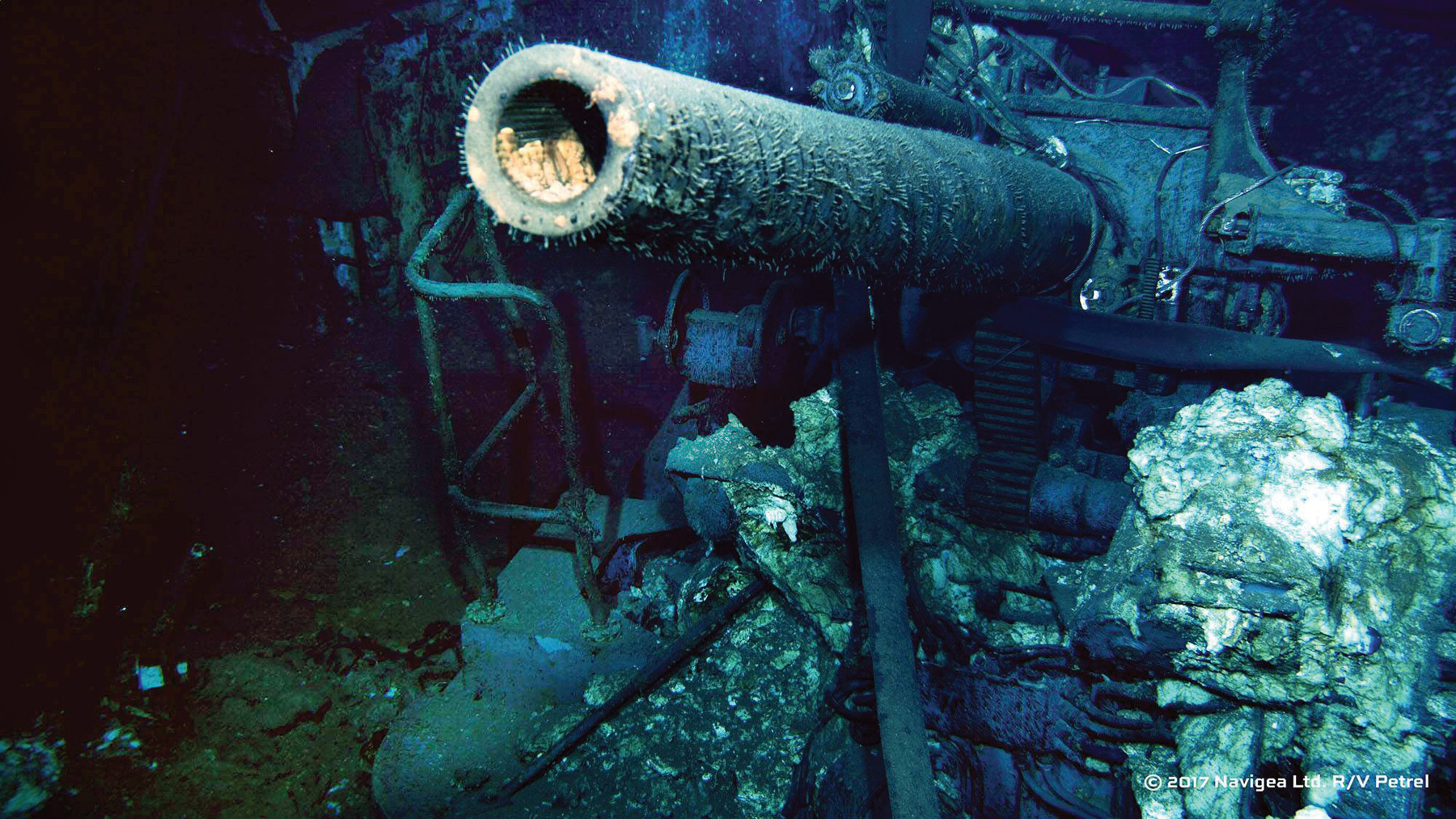
Shortly after 11 am on the fourth day, August 2, Lieutenant Wilbur C. Gwinn, the pilot of a Lockheed PV-1 Ventura aircraft searching for Japanese submarines, by chance saw a huge oil slick. Thinking it was evidence of a damaged enemy sub, he prepared for a low-level depth-charge run, but just as he was about to release the depth charges he saw dozens of men frantically waving to get his attention. He regained altitude and sent a message, “Sighted 30 survivors 11° 30’ North, 133° 30’ East. Dropped transmitter and life boat. Emergency IFF on.”
It took three hours before a Consolidated PBY Catalina flying boat named Playmate 2, flown by Lieutenant R. Adrian Marks, was dispatched. Arriving at the scene, the crew dropped rafts and supplies, but when a crewman spotted the survivors being attacked by sharks Marks decided to make an open sea landing—despite orders to the contrary.
His crew agreed, and he landed the big four-engine aircraft between swells in a power-on stall, tail-low, nose-high attitude. Two hull rivets popped out and a seam started leaking from the force of the landing. The crew plugged the rivet holes with pencils and stuffed cotton in the seam to keep the Catalina afloat while survivors were pulled from the water.
The number of men to be rescued far exceeded the aircraft’s capability, so Marks made the decision to pick up individuals rather than groups: “I decided that the men in groups stood the best chance of survival. They could look after one another, could splash and scare away the sharks, and could lend one another moral support and encouragement.” After filling the interior of the plane, others were lashed to the wing with parachute cord, for a total of 56 men.
A little after midnight on August 3, the destroyer escort USS Cecil J. Doyle (DE 368) arrived—the first of seven rescue ships—and used one of its searchlights to locate survivors and another to act as a beacon to instill hope for those still in the water.
Private McCoy was one of the last men to be rescued. “We couldn’t have lasted another day,” he said. The skipper of the USS Ringness said, “McCoy, a typical Marine, refused help in climbing aboard ship. However, once on deck, he fell flat on his face—but was quickly revived in sick bay.”
By noon the following day, after an exhaustive search, the ships departed the area with a total of 317 survivors, including nine Marines. Marks’s Catalina was so badly damaged—from not only the landing but the constant pounding from the motor-whaleboat during the shuttle of survivors—that it was sunk by machine-gun fire.
In December 1945, at the Washington Navy Yard, Captain McVay was brought up on charges and convicted by a court-martial of “hazarding his ship by failing to zigzag” prior to the I-58’s attack. During the court-martial proceedings, many of Indianapolis’s crewmen and the I-58’s commander, Mochitsura Hashimoto, testified on his behalf.
Despite their testimony, the court decreed that McVay lose 100 numbers in his temporary grade of captain and 100 numbers in his permanent grade of commander, which effectively ended his career. He was the only ship commander in U.S. Navy history to be court-martialed for losing a ship to enemy action during time of war.
However, Navy Secretary James Forrestal, at the behest of Admiral Chester Nimitz, overturned the sentence and restored him to duty; McVay was promoted to rear admiral upon retirement.
Thirty-two years later, a high school project for National History Day pressured Congress into passing a resolution that exonerated him for the loss of the Indianapolis—a resolution that was signed by President Bill Clinton. A year later, the Secretary of the Navy ordered McVay’s official Navy records purged of all wrongdoing. But it was all too late. In 1968, McVay, who never fully mentally recovered from the sinking and, badgered by letters from parents who accused him of killing their sons, had committed suicide, adding another tragedy to an already tragic tale.
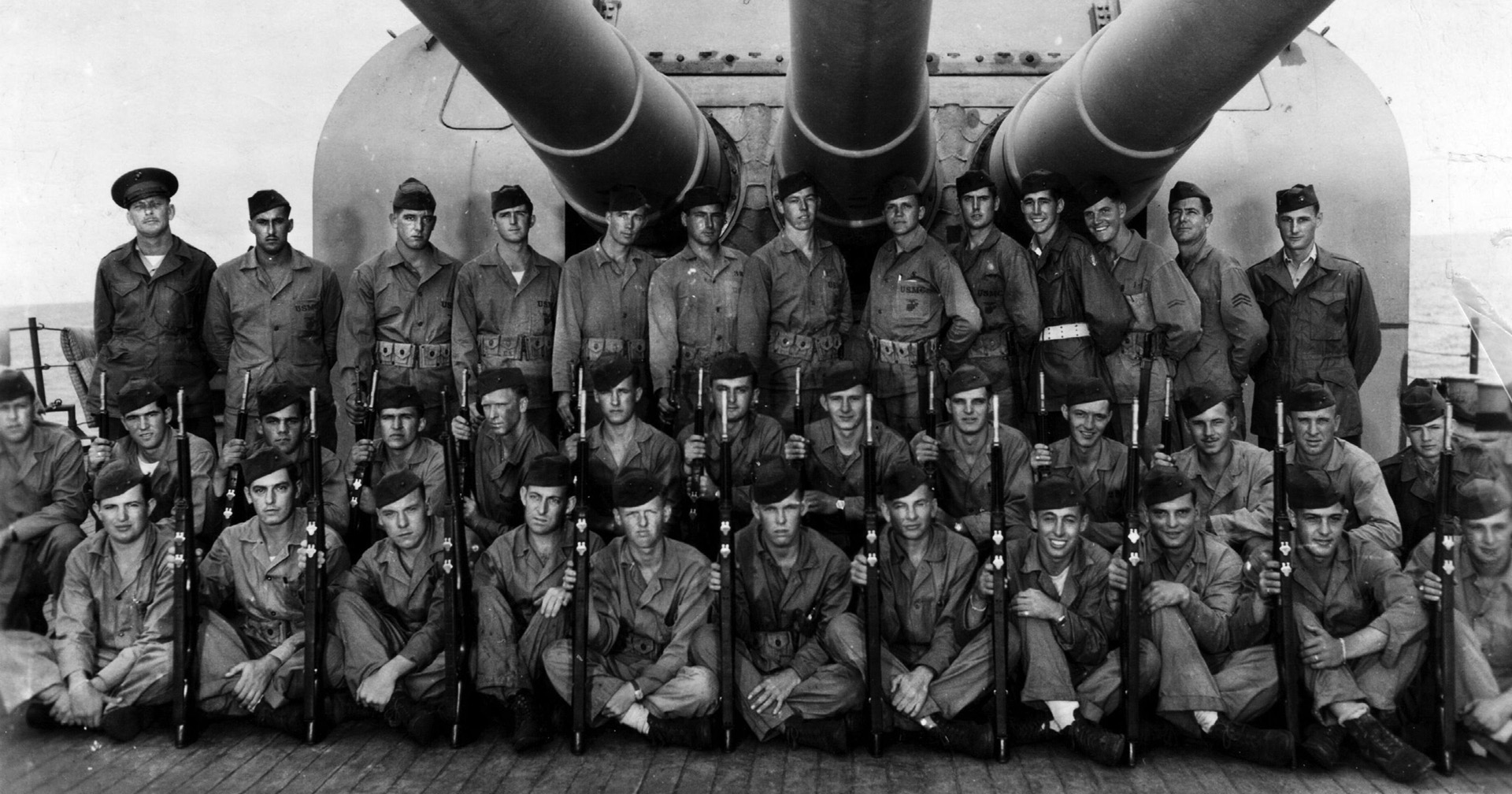
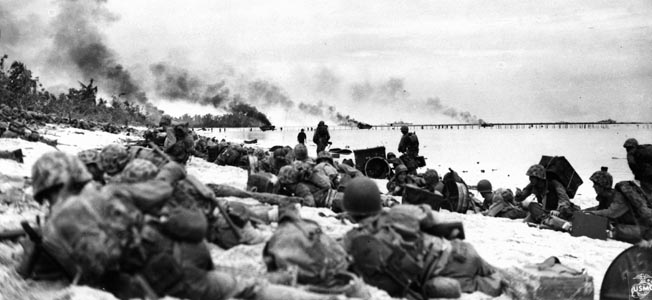
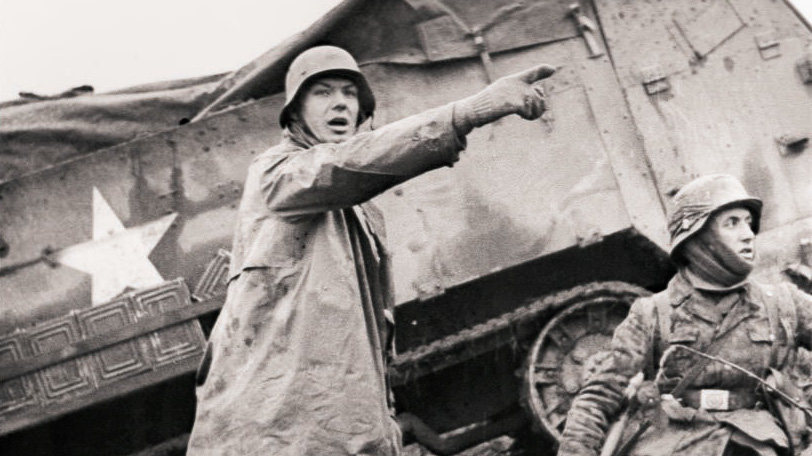
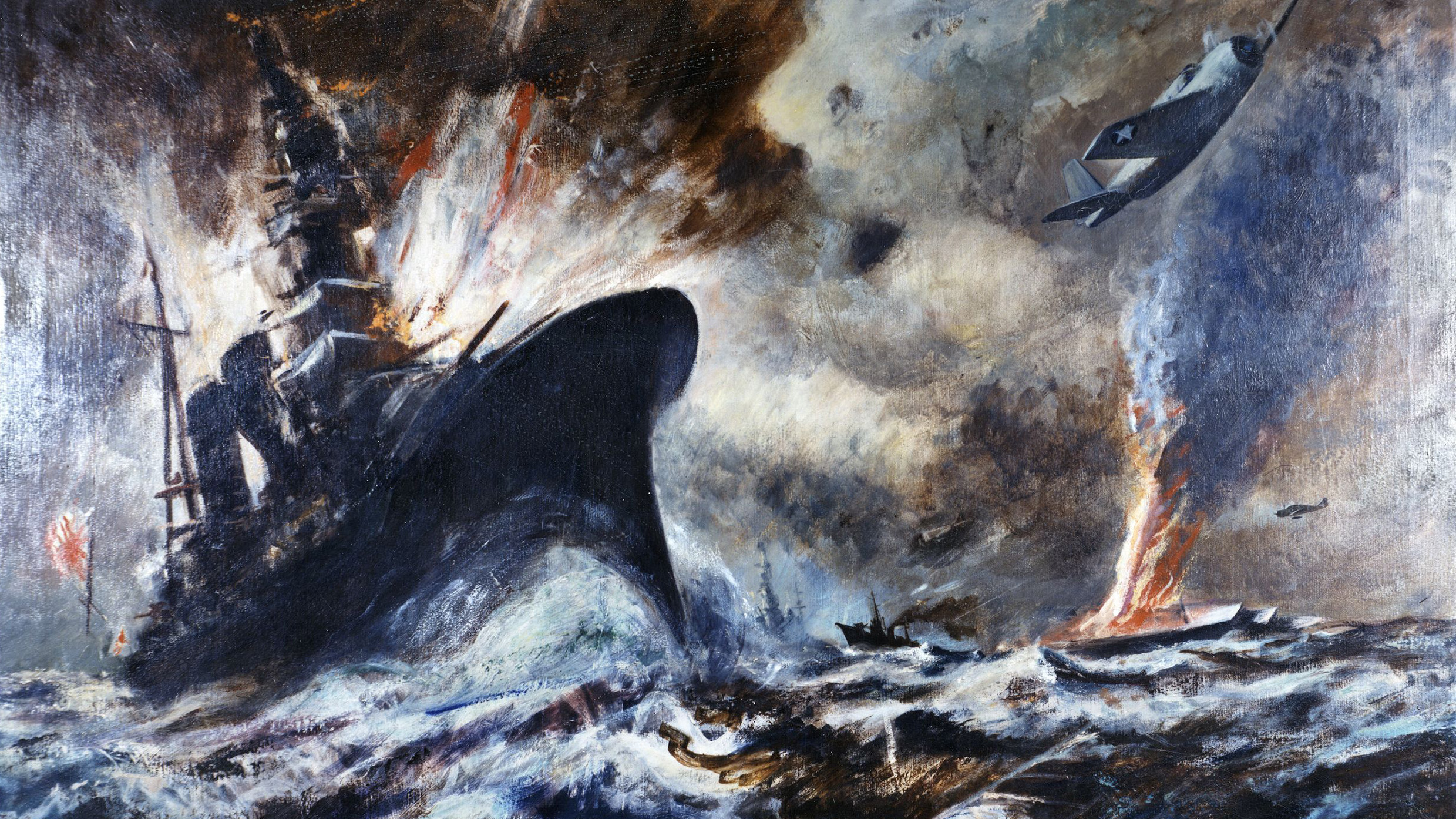
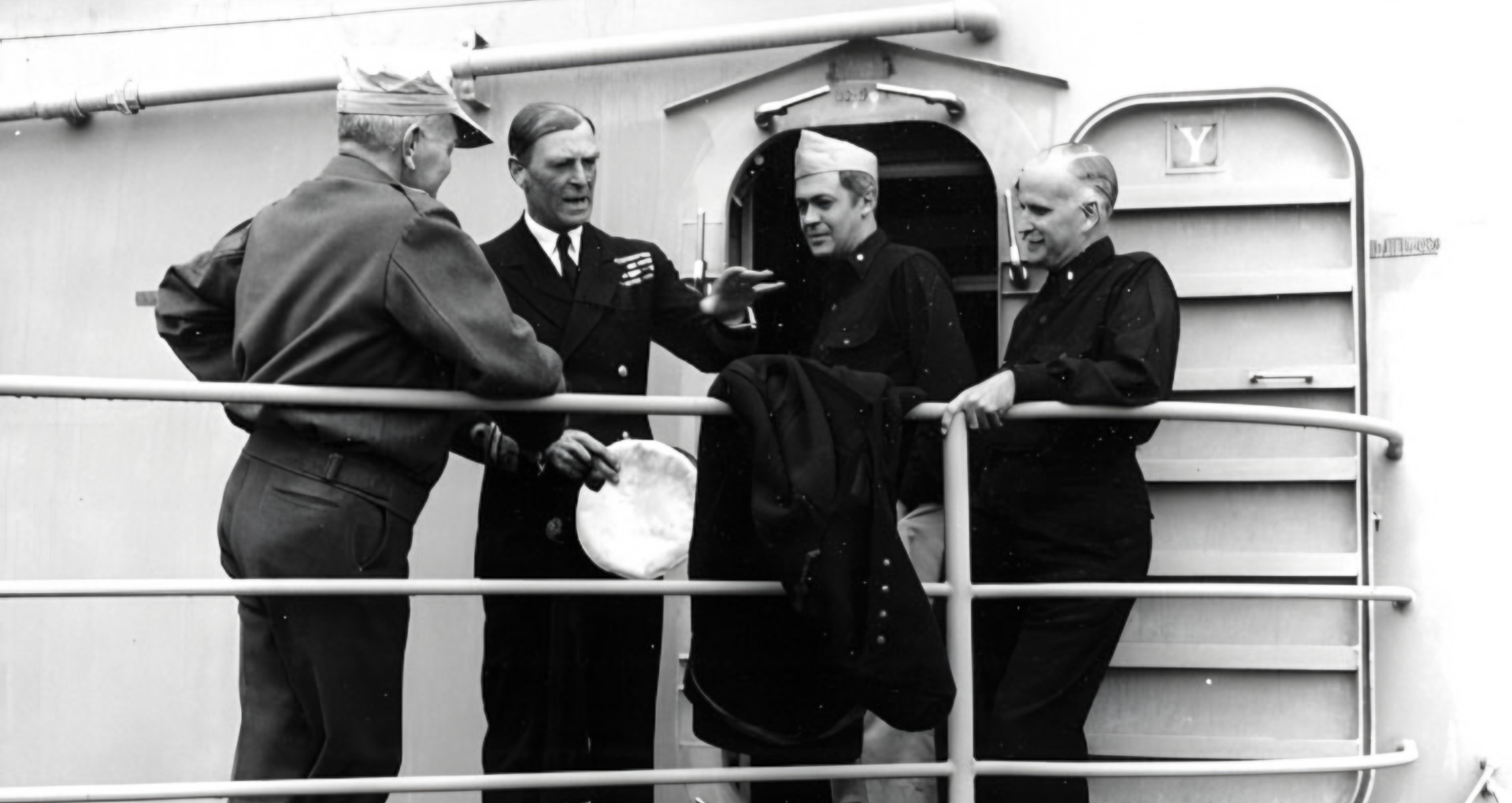
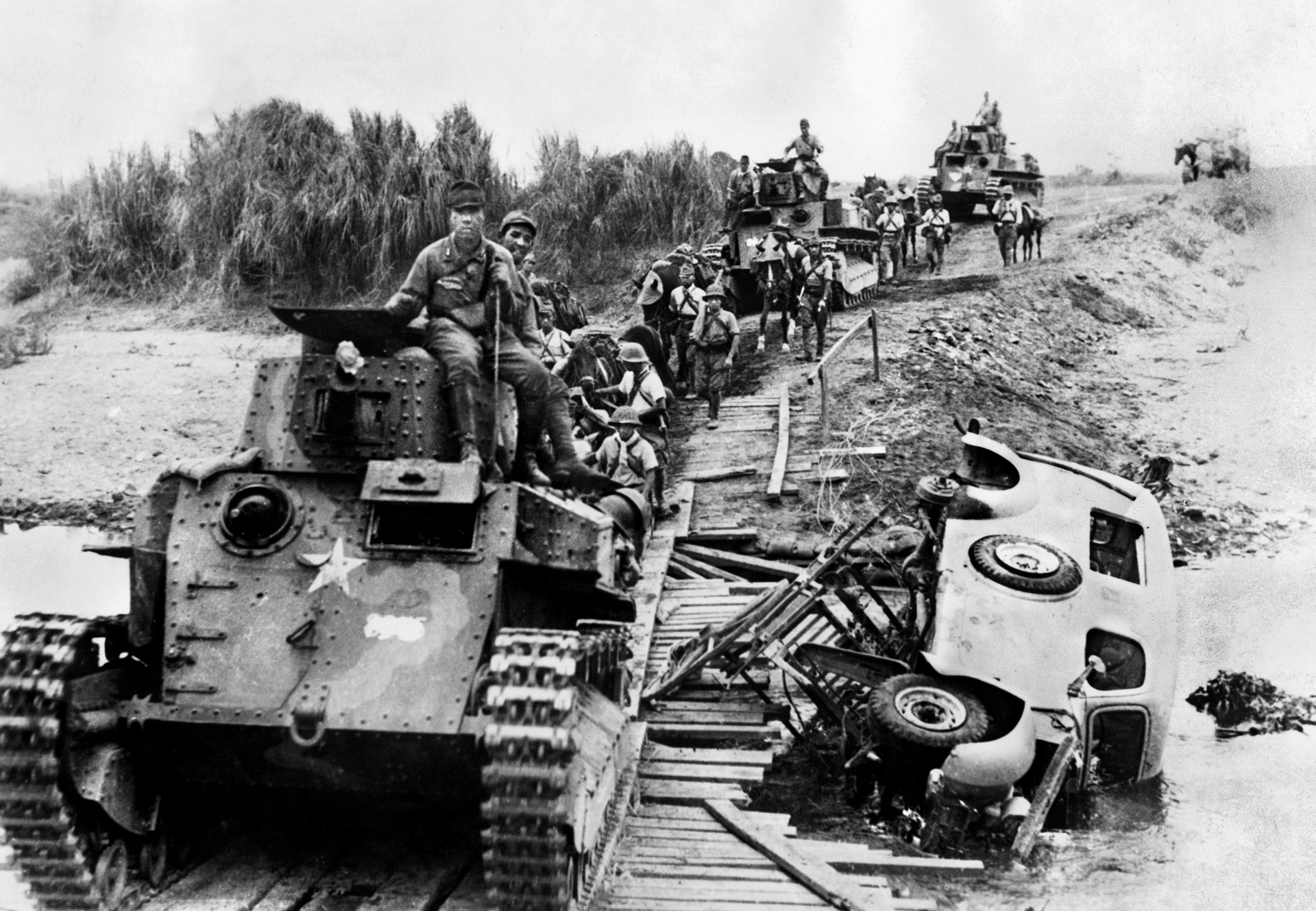
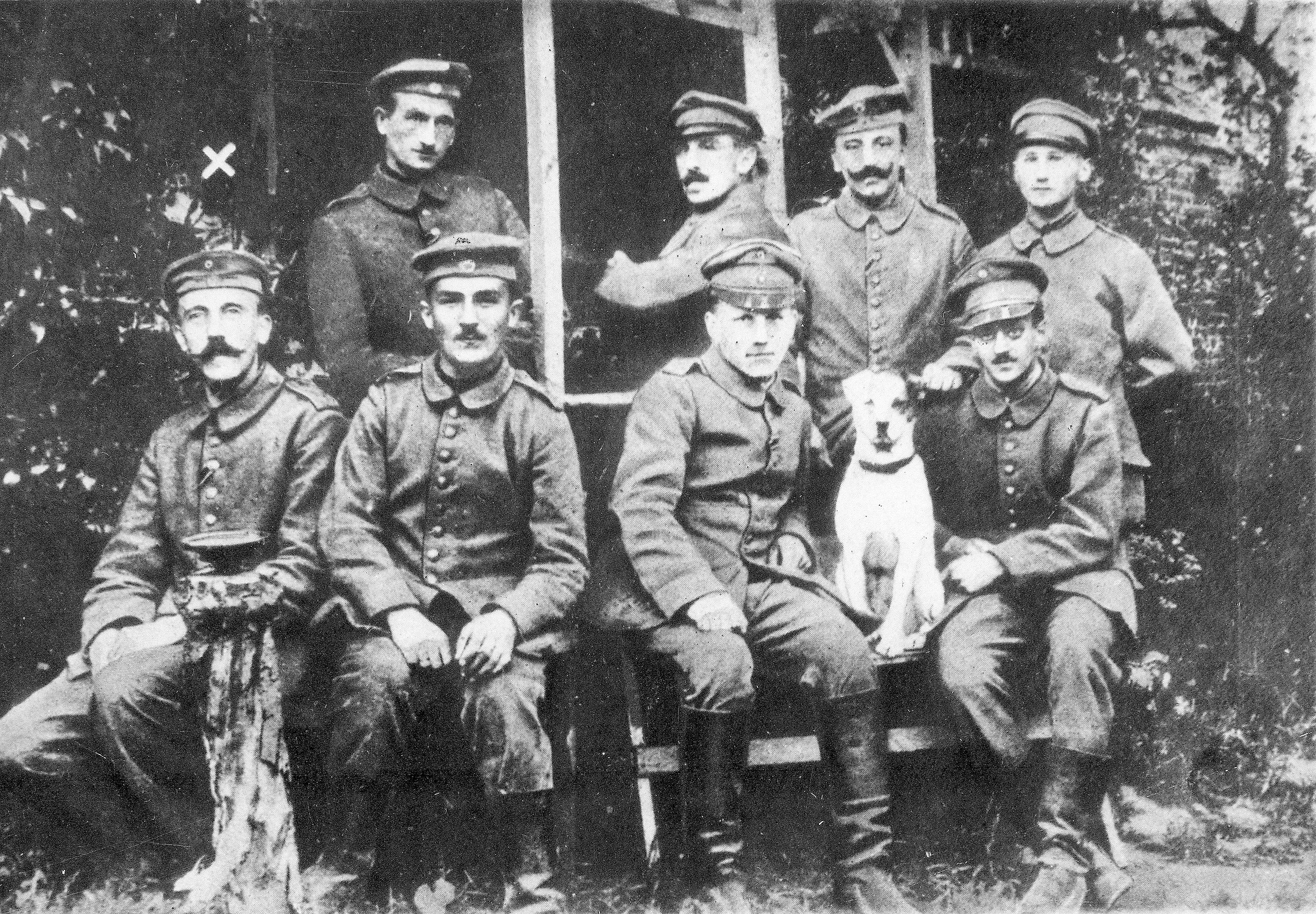
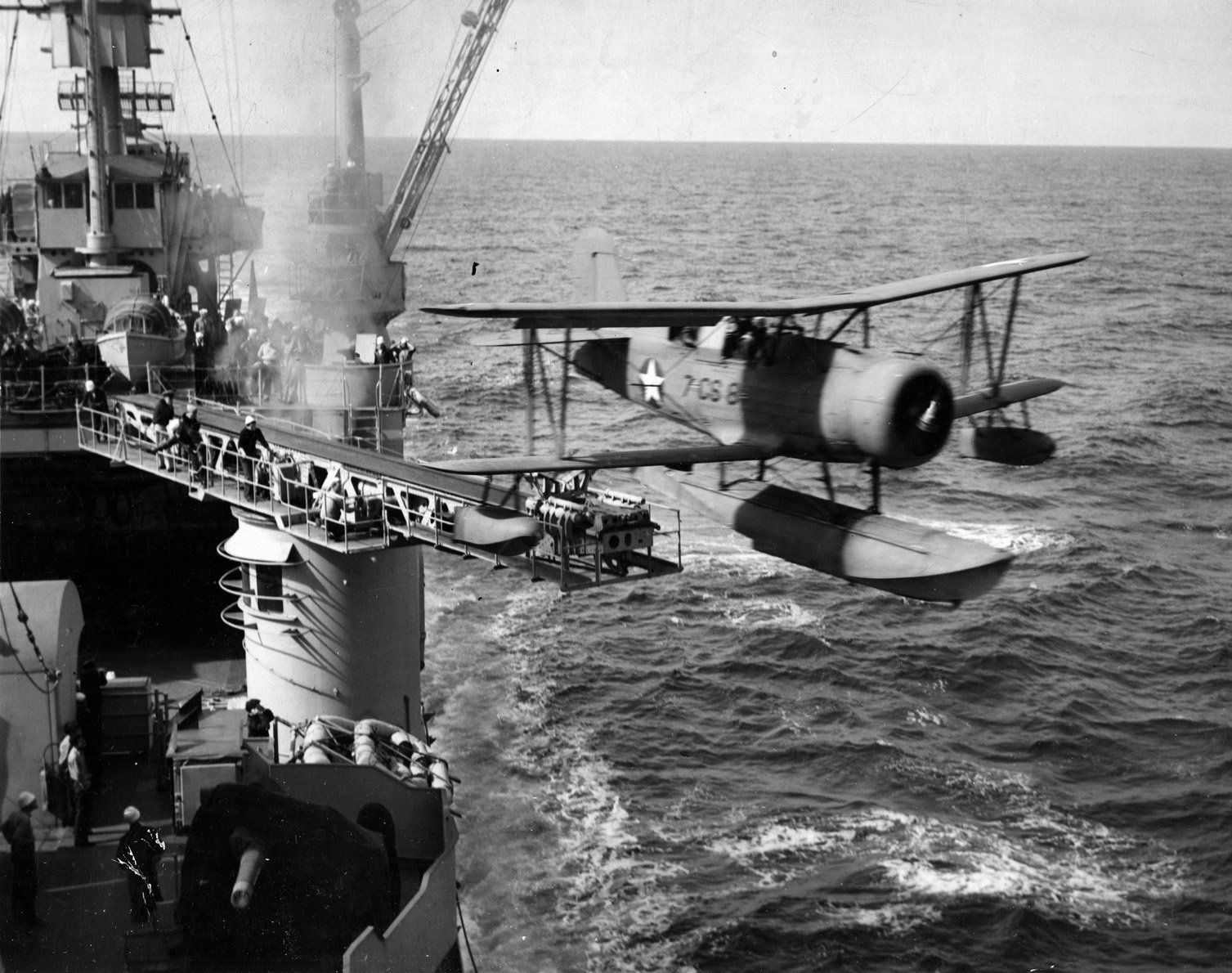
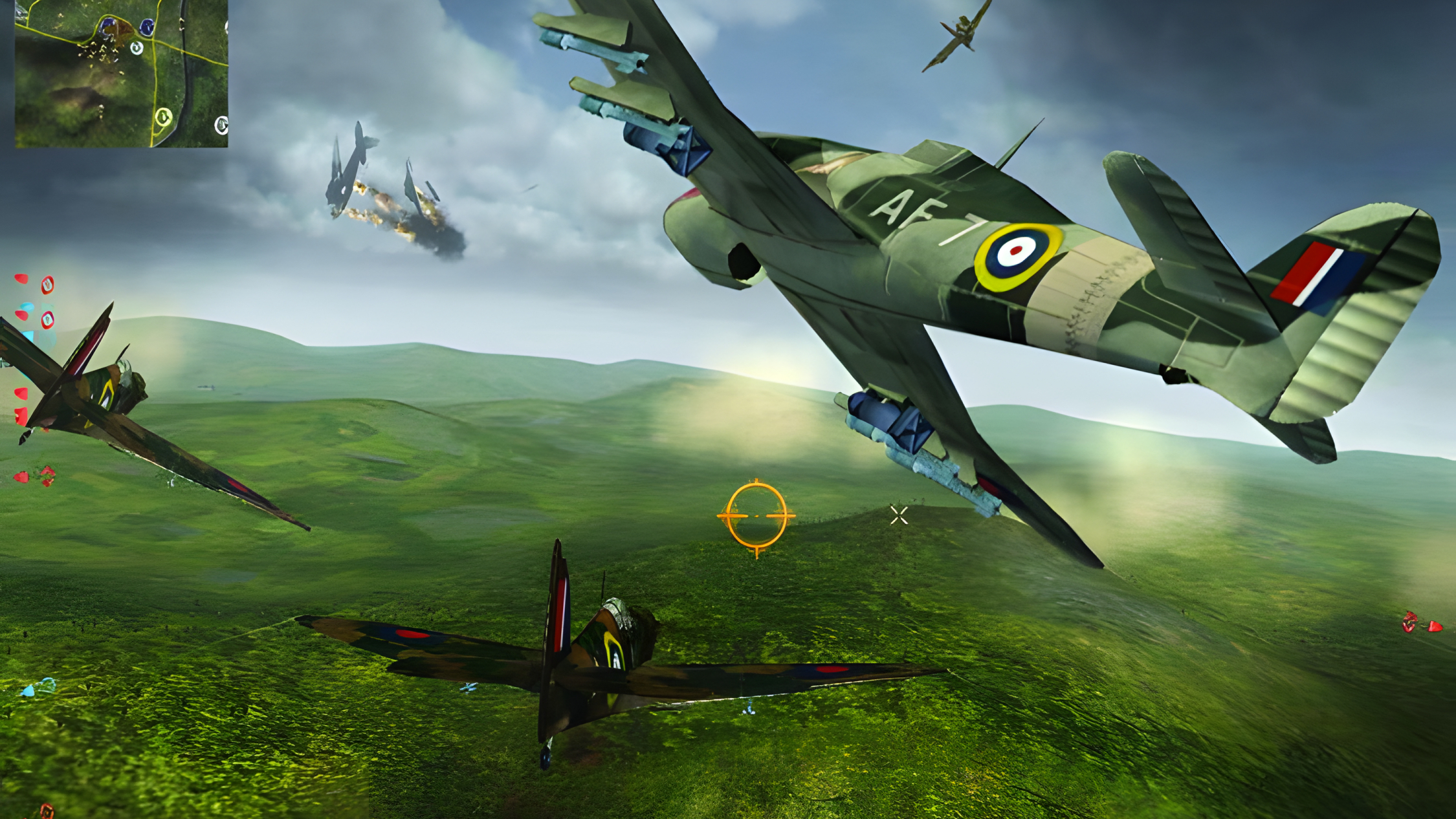
Join The Conversation
Comments
View All Comments